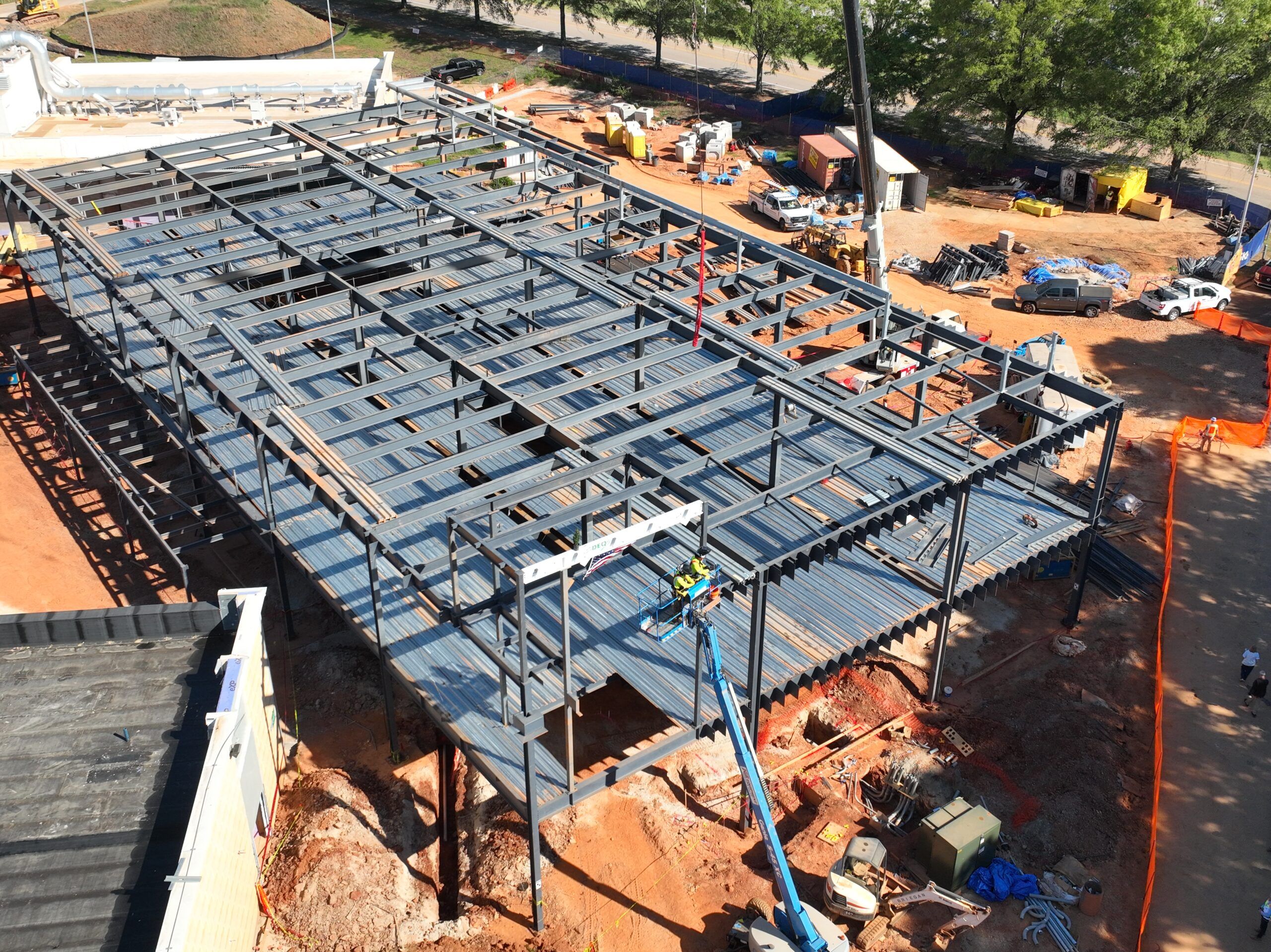Experiencing a fire in a home or business is a distressing event that leaves lasting effects. Beyond the immediate loss of property, fire damage can compromise the safety, structure, and livability of a space. After the flames are extinguished, the journey toward restoring safety begins. Fire damage restoration is a crucial process that involves cleaning, repairing, and protecting spaces affected by fire and smoke, ensuring they are safe for occupants once again. Professional restoration companies like Dry Pros play an essential role in making homes and businesses habitable and secure after a fire.
Understanding Fire Damage and Its Impact
Fire damage encompasses more than just charred walls and furniture. Flames can weaken structural components, and the high temperatures involved can cause significant material degradation. However, the dangers don’t end with what’s visible; smoke, soot, and toxic residues permeate surfaces, materials, and even air ducts, leaving lingering hazards that require immediate attention.
There are three main categories of fire damage to consider:
- Flame Damage: This is the most obvious type, resulting in burnt or melted materials. The intense heat can weaken load-bearing structures and damage furniture, appliances, and personal items.
- Smoke Damage: Smoke penetrates deeply into walls, furniture, and fabrics, causing discoloration and leaving behind a pervasive odor that is difficult to remove. The chemical nature of smoke also poses health risks.
- Water Damage: Often overlooked, water used to extinguish the fire also causes damage. Water can soak into walls, floors, and insulation, leading to mold growth and structural issues.
Each type of damage requires specific approaches to ensure that restoration efforts fully address the safety and stability of the property.
Health Risks Associated with Fire Damage
After a fire, the lingering effects of smoke and soot create ongoing health risks. Some common health concerns include:
- Respiratory Issues: Smoke particles are fine and can be inhaled deeply into the lungs, causing breathing difficulties, coughing, and potential long-term lung problems.
- Allergies and Irritations: Residues from burned materials, such as synthetic fibers and plastic, produce irritants that can affect skin, eyes, and respiratory systems.
- Toxic Exposure: Fires release various toxins, including carbon monoxide, formaldehyde, and other hazardous chemicals. Prolonged exposure can lead to significant health problems, especially for children, the elderly, and those with pre-existing conditions.
The Fire Damage Restoration Process
Fire damage restoration is a multi-step process designed to address structural, aesthetic, and health concerns. Here’s an overview of the typical process that professionals follow to bring properties back to safety:
- Assessment and Inspection
Restoration begins with a comprehensive assessment. Specialists evaluate the extent of the fire, smoke, and water damage, creating a tailored restoration plan that identifies areas needing urgent attention. - Securing the Property
If the fire has compromised the building’s structure, professionals secure it to prevent further damage. This can involve boarding up windows, reinforcing weakened walls, and installing temporary fencing to keep the property safe. - Water Removal and Drying
In cases where water was used to extinguish the flames, removing excess water is critical to prevent mold growth and further damage. Professionals use high-powered pumps, fans, and dehumidifiers to thoroughly dry the affected areas. - Soot and Smoke Removal
Soot and smoke residues are corrosive, so timely cleaning is essential. Restoration companies utilize specialized equipment to remove soot from surfaces and air ducts, ensuring that contaminants do not linger. This step is vital for removing odors and preventing additional staining. - Deep Cleaning and Sanitizing
To restore the property to a habitable state, all affected areas must be thoroughly cleaned and sanitized. Special techniques and products neutralize odors, remove harmful residues, and restore surfaces. - Repairs and Restoration
The final stage involves repairing and replacing damaged structures and materials. Whether it’s drywall, paint, flooring, or even electrical systems, the goal is to return the space to its pre-fire condition, both in terms of appearance and safety.
Why Professional Fire Damage Restoration Matters
Restoring a property after a fire isn’t something that can be effectively managed with household cleaners or general repair methods. Fire damage restoration requires specialized knowledge, tools, and techniques to ensure thorough decontamination and safety. Here’s why professional restoration is essential:
- Comprehensive Cleaning
Fire damage restoration professionals are trained to recognize hidden hazards. For example, soot can settle into tiny crevices, releasing toxins over time. Professionals use advanced equipment to extract these residues, ensuring a cleaner and healthier environment. - Odor Removal
Smoke odor is notorious for being difficult to eliminate. Restoration companies like Dry Pros use industrial-grade deodorizers and air scrubbers to remove the smell of smoke from every corner, leaving the property fresh and breathable. - Health Protection
By fully removing hazardous residues, professionals help prevent health issues linked to smoke and soot exposure. Restoration teams know which materials are safe to keep and which need removal, reducing health risks. - Efficient Restoration
With their experience and equipment, restoration teams can work faster than homeowners attempting DIY solutions. This quick turnaround reduces the risk of further damage and allows residents to return to their property sooner. - Insurance Expertise
Most fire damage restoration companies assist with insurance claims. They document the damage, work with adjusters, and provide essential information for claims, streamlining the recovery process for the homeowner.
Common Myths About Fire Damage Restoration
- “I Can Handle the Cleanup Myself”
Attempting to clean up after a fire without the right tools or knowledge can cause more harm than good. Smoke and soot particles are highly abrasive and can worsen the damage if handled incorrectly. - “Only Direct Fire Damage Needs Attention”
Even if flames didn’t reach certain rooms, smoke and soot can still contaminate those areas. Ignoring them leaves harmful toxins in the air and on surfaces, creating ongoing health risks. - “Odor Removal Can Wait”
Many think odor is just an inconvenience, but lingering smoke smells often indicate persistent contaminants. Addressing odors is essential for restoring a safe, healthy environment.
How to Prevent Fire Damage Risks in the Future
While fire damage restoration is critical after an incident, there are steps property owners can take to reduce fire risks:
- Install Smoke Detectors: Ensure smoke detectors are installed in each room and hallway, and test them regularly to guarantee they’re working properly.
- Practice Electrical Safety: Avoid overloading outlets and inspect wiring periodically. Faulty wiring is a common cause of fires, especially in older buildings.
- Create an Emergency Plan: Develop a fire escape plan, and educate family members or employees on fire safety protocols.
- Be Cautious with Cooking: Kitchen fires are among the most common household fires. Stay attentive while cooking, and keep flammable materials away from heat sources.
- Properly Store Flammable Materials: Store flammable items like gasoline, chemicals, and cleaning supplies in appropriate containers, away from heat sources.
Conclusion
Fire damage restoration is an essential step in recovering from a fire and ensuring a safe living or working environment. The process involves more than just cleaning up visible damage; it requires comprehensive methods to address hidden hazards and health risks. Restoration professionals, such as the team at Dry Pros, bring the expertise and equipment needed to thoroughly clean, repair, and restore spaces, creating a secure environment free from toxins and structural concerns.
The importance of fire damage restoration cannot be understated. After a fire, prioritizing a professional restoration ensures that properties are safe, free from hazards, and ready for occupancy. With the right help, those affected by fires can reclaim their spaces and regain peace of mind, knowing they’ve taken the necessary steps to protect their health, property, and well-being.











